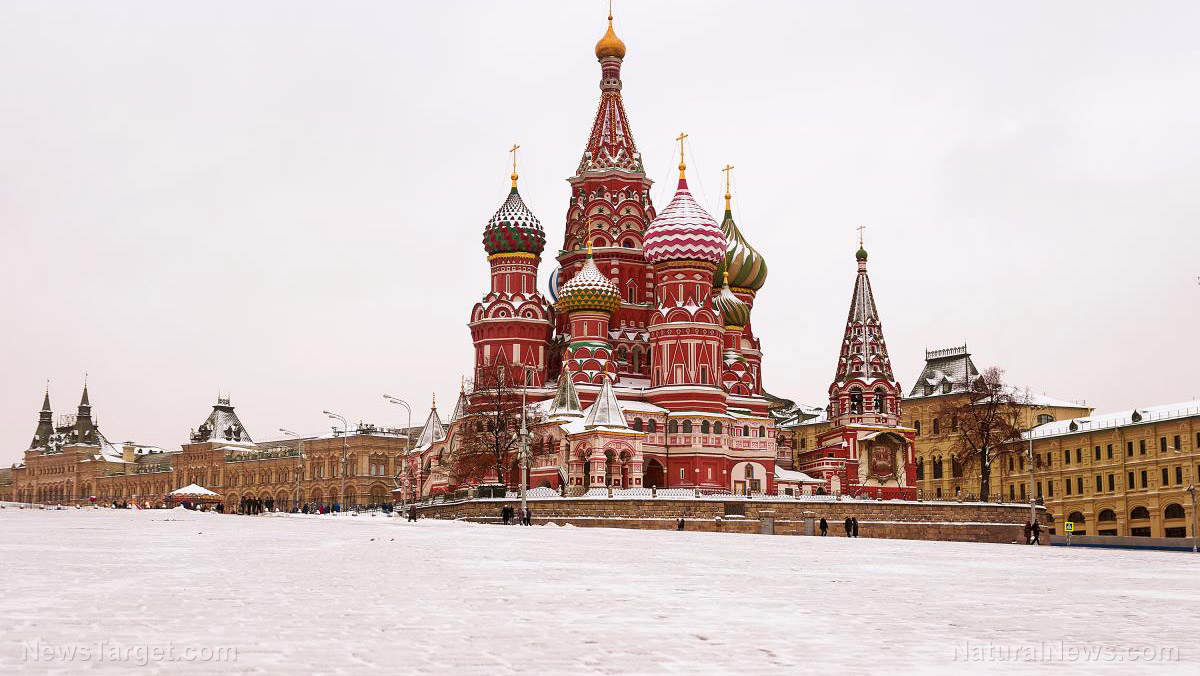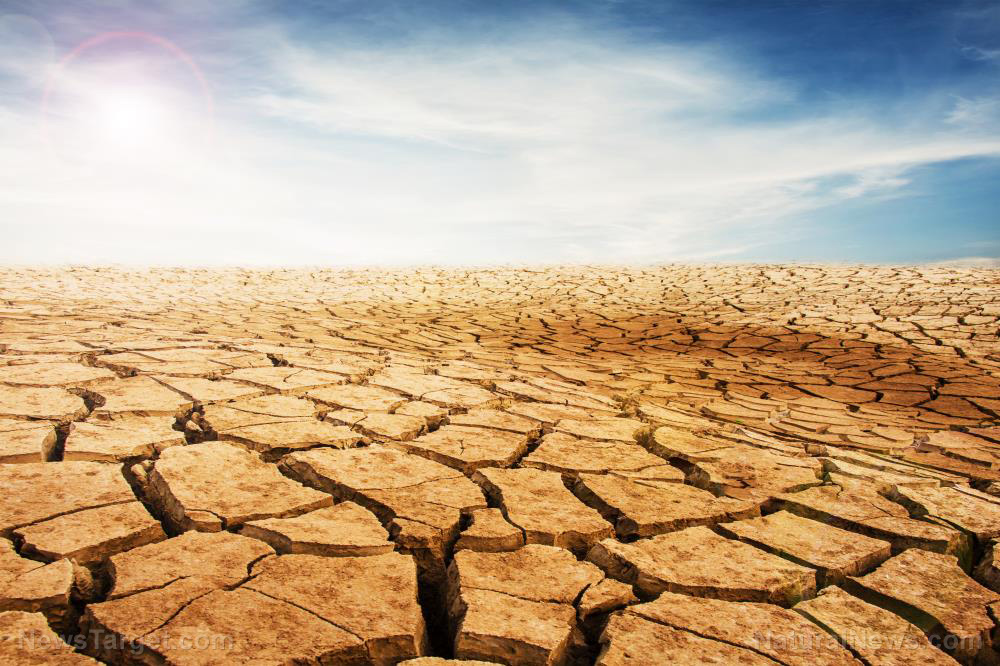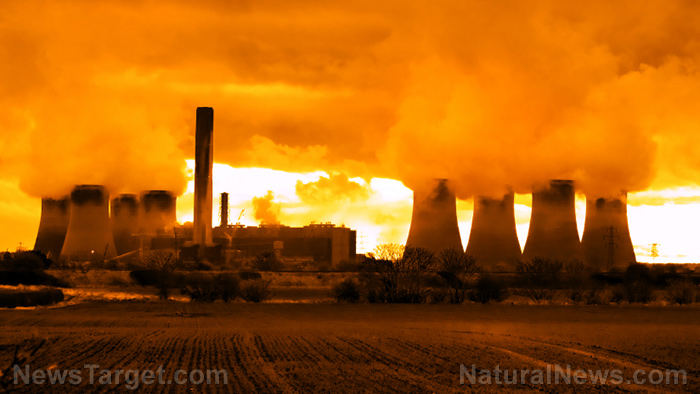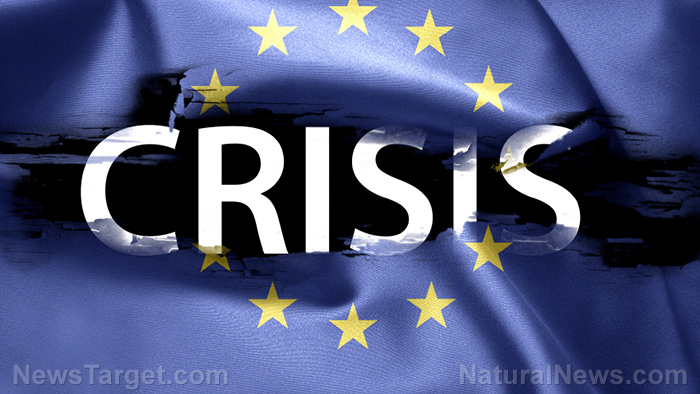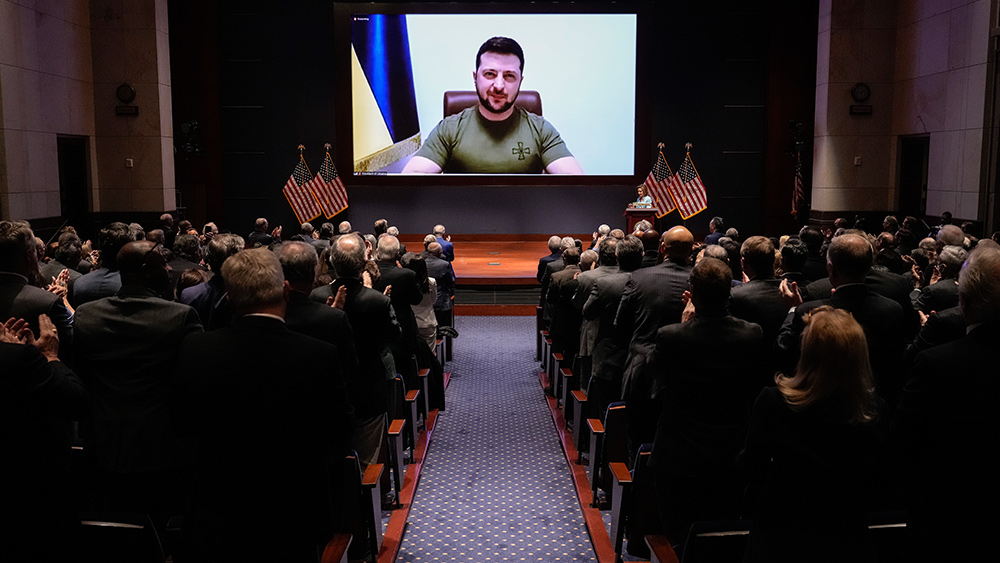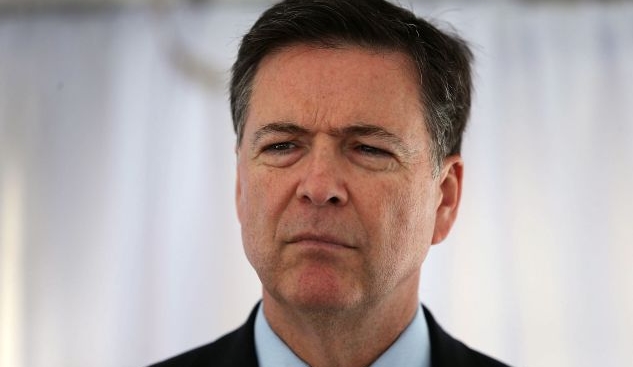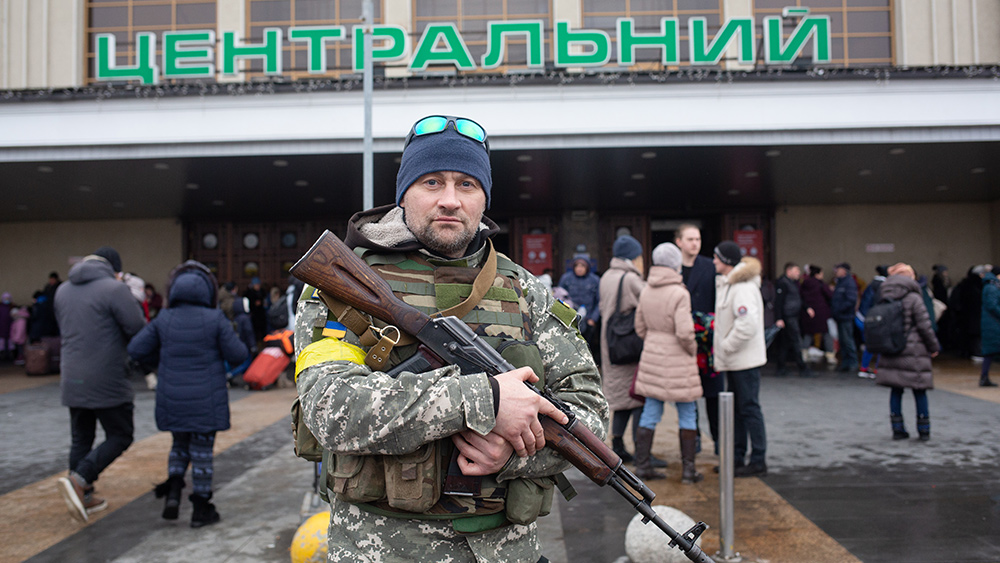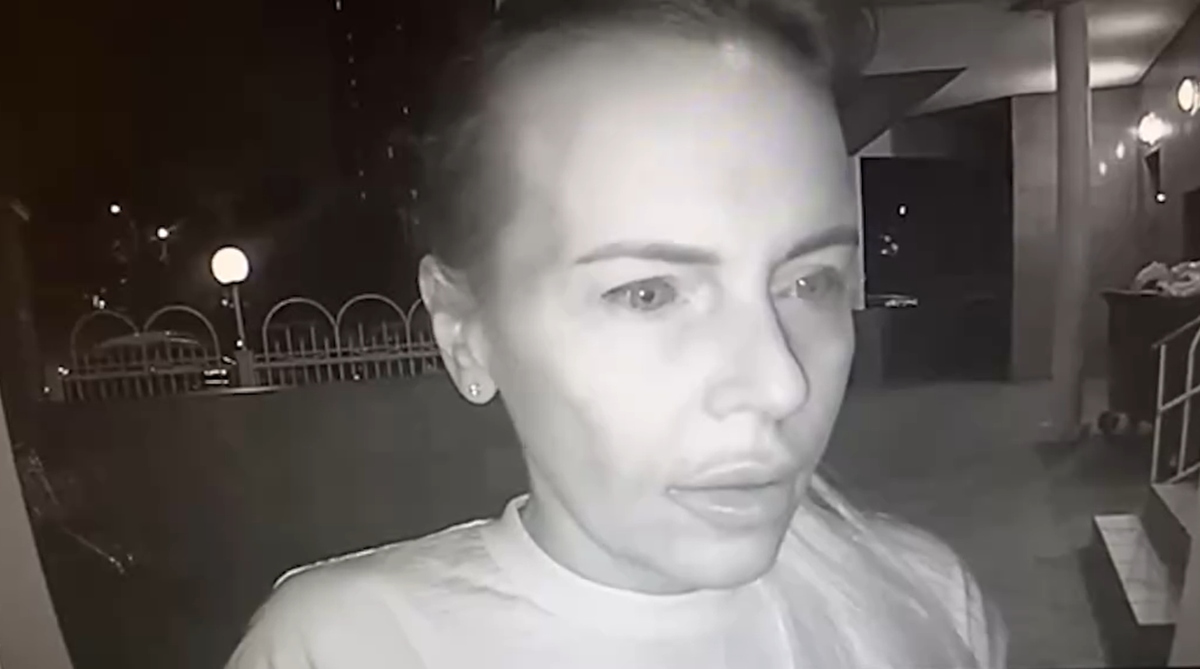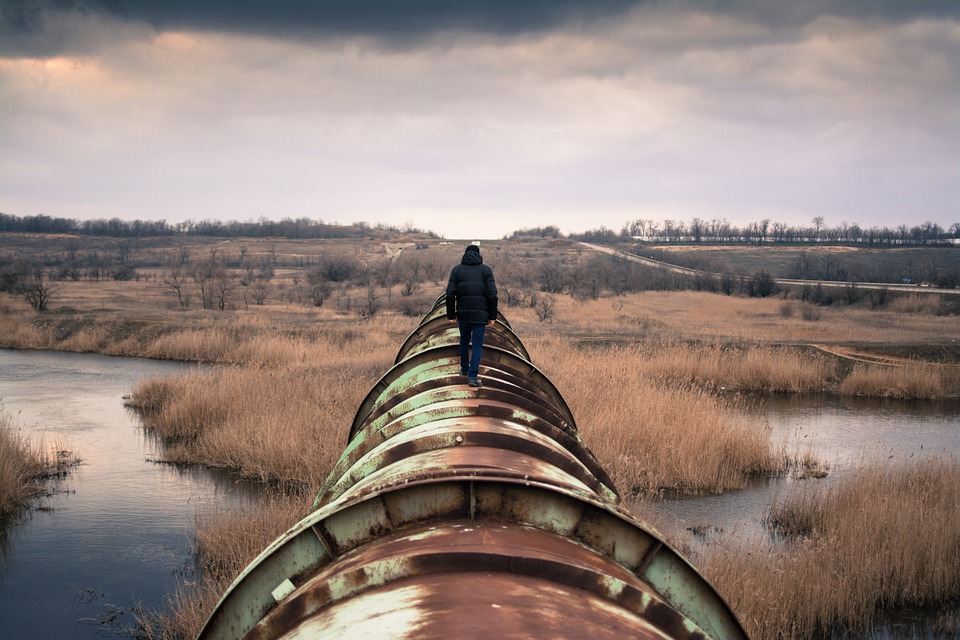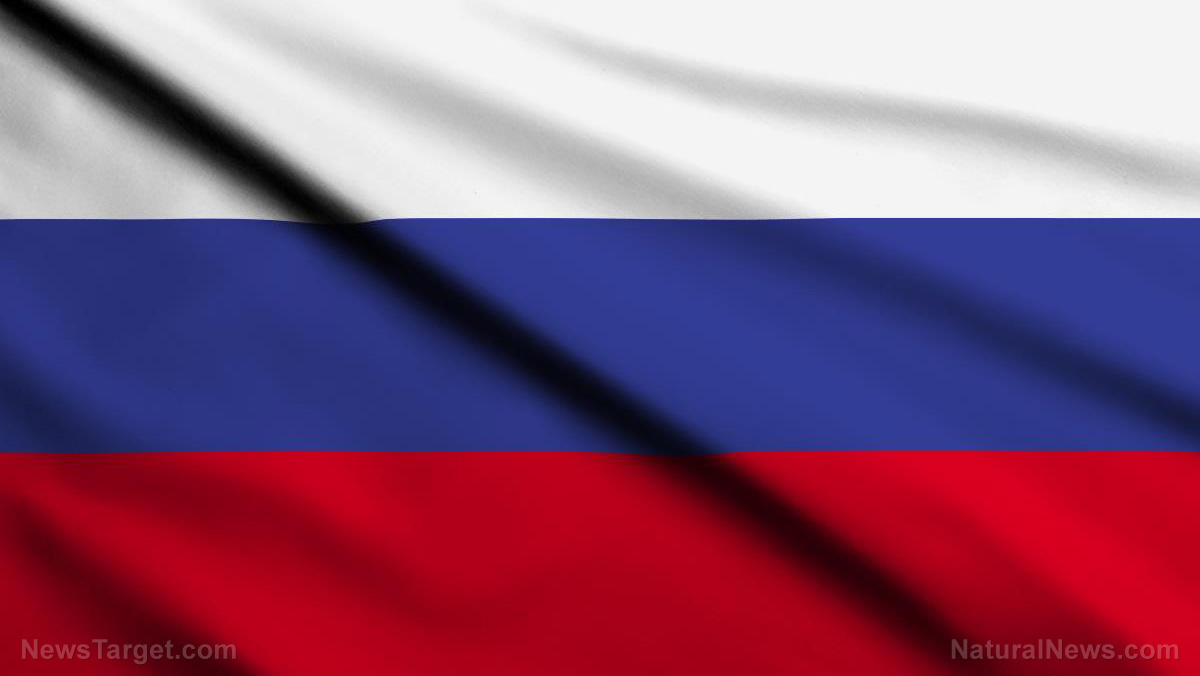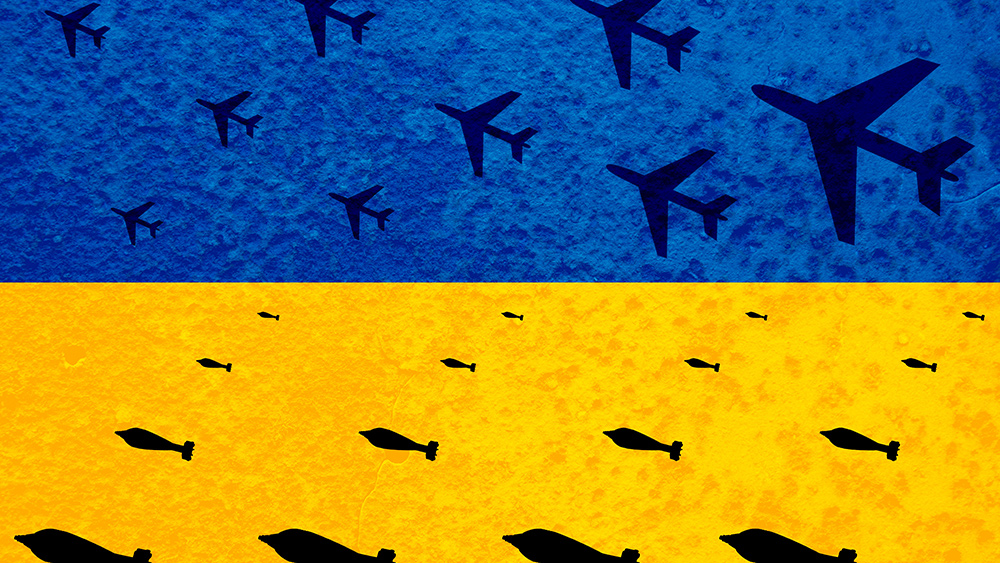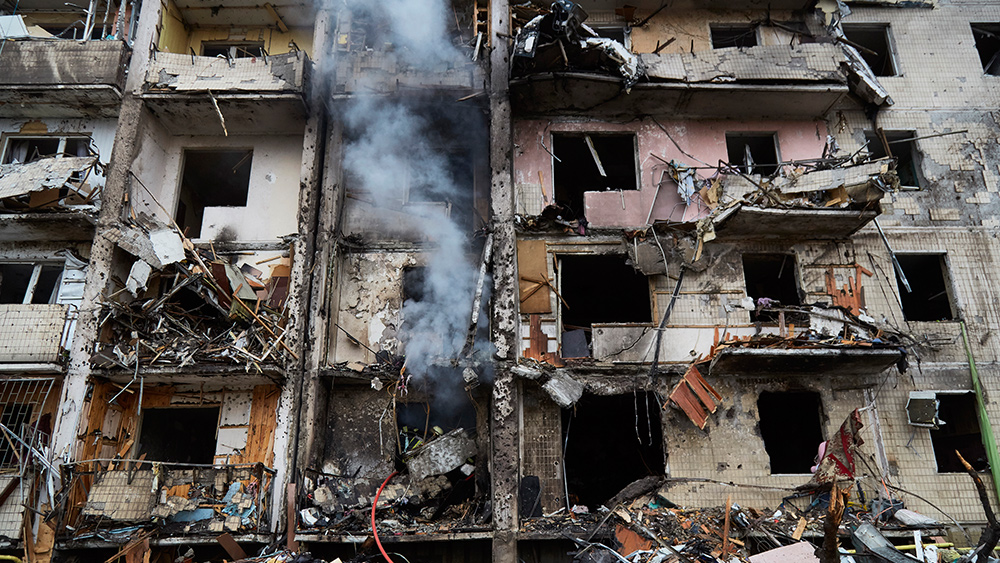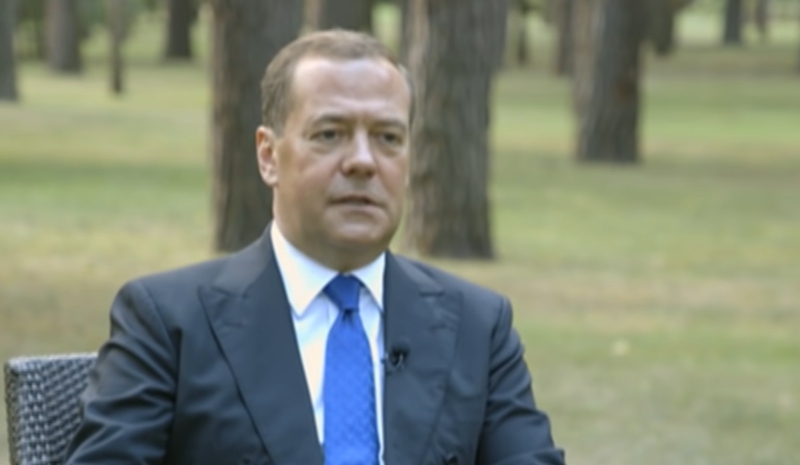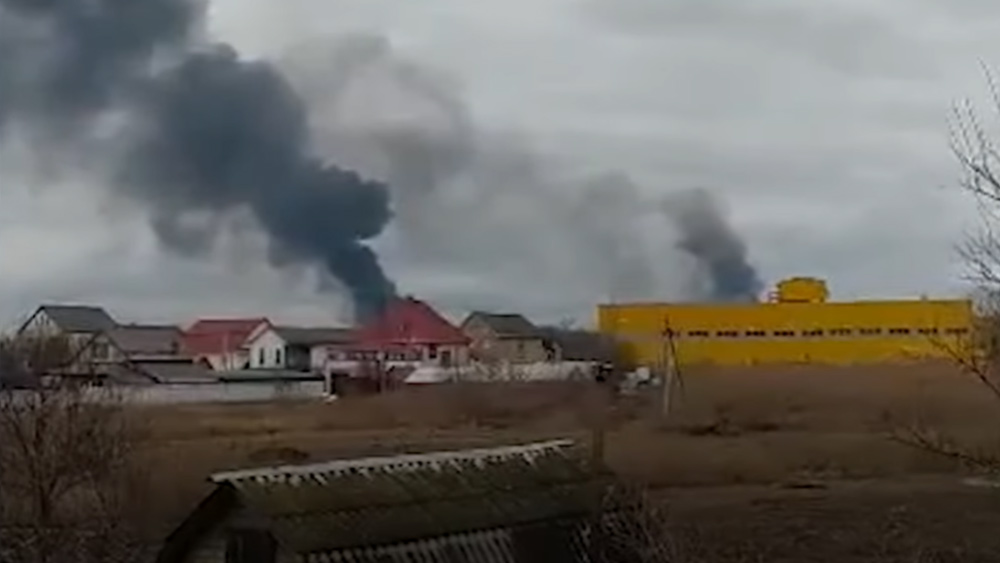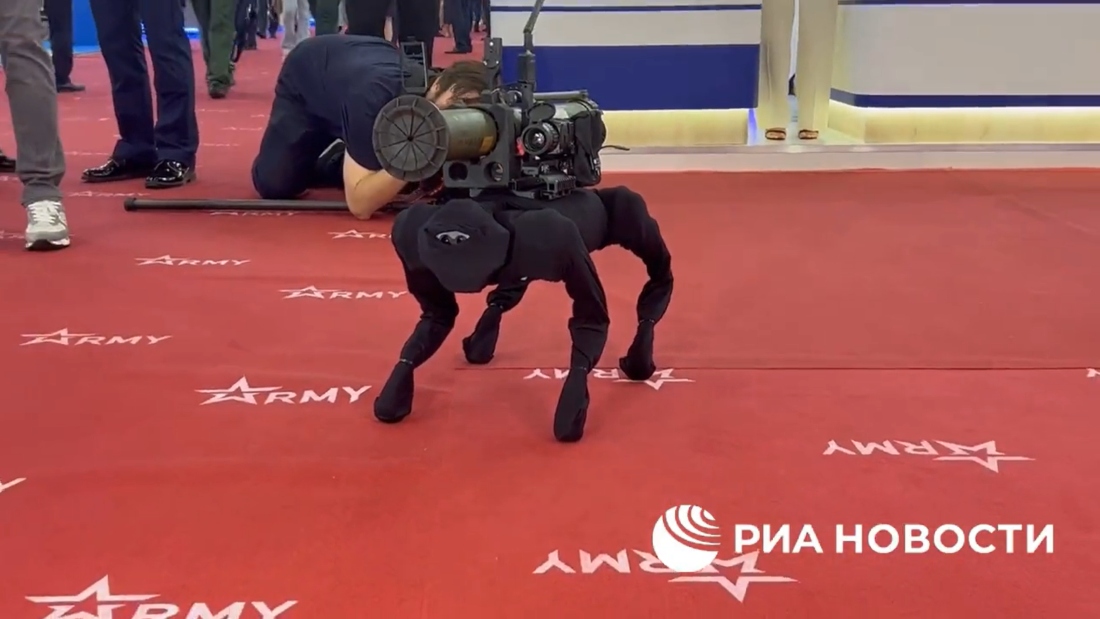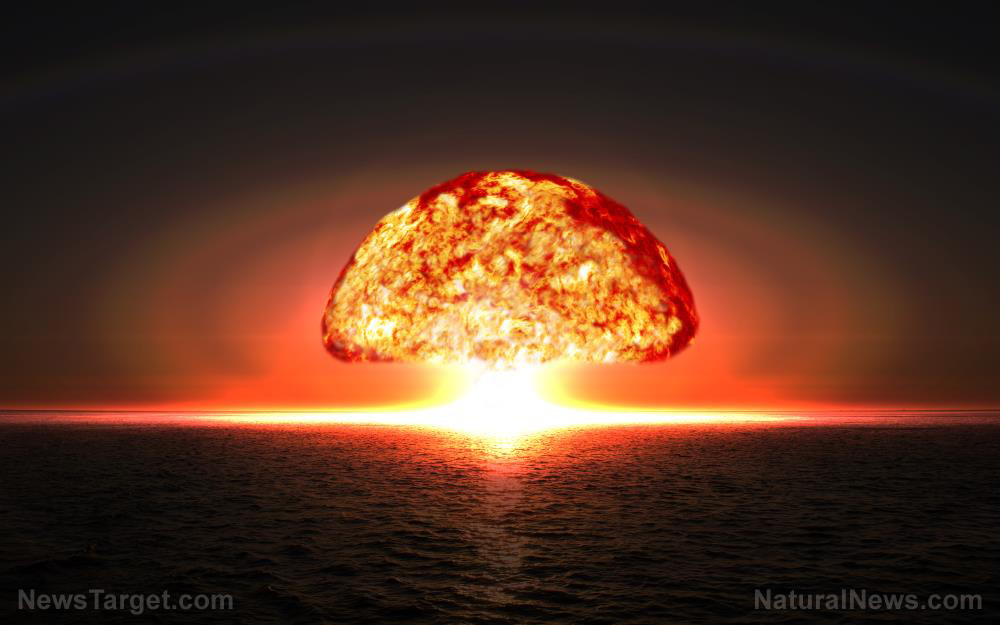Moscow warns: One wrong move from Kyiv could trigger a nuclear catastrophe
08/16/2022 / By Belle Carter
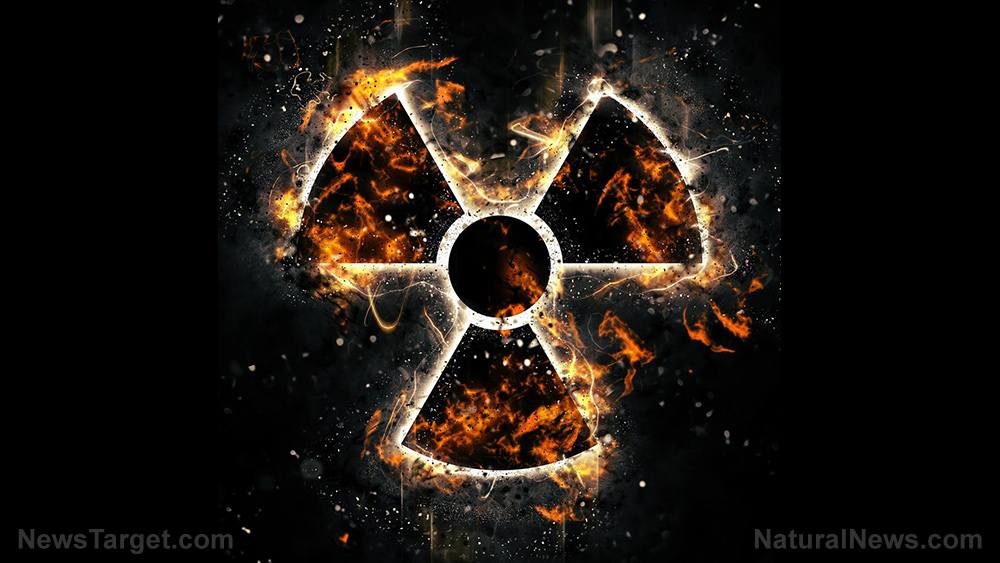
Vassily Nebenzia, Russia’s ambassador to the United Nations (UN) recently warned that a nuclear disaster could erupt any moment now if the Ukrainian forces keep attacking the Zaporozhye power plant.
The said power plant in the south part of Ukraine has been under the control of Russian forces since February and has since been shelled by Kyiv’s troops on several occasions.
“We have repeatedly warned our Western colleagues that, should they fail to talk sense into the Kyiv regime, it would take the most heinous and reckless steps, which would have consequences far beyond Ukraine,” Nebenzia said during a meeting.
He added that the Western supporters of Kyiv would have to bear the responsibility for a potential nuclear catastrophe. It could lead to radioactive pollution on vast swathes of territory, affecting at least eight Ukrainian regions, including its capital Kyiv, major cities like Kharkiv or Odesa and some territories of Russia and Belarus bordering Ukraine. The Luhansk and Donetsk People’s Republics, as well as Moldova, Romania and Bulgaria, are likely to suffer as well.
Similarly, International Atomic Energy Agency (IAEA) Director-General Rafael Grossi expressed grave concerns about the shelling of the massive nuclear plant on August 5.
“I’m extremely concerned by the shelling at Europe’s largest nuclear power plant, which underlines the very real risk of a nuclear disaster that could threaten public health and the environment in Ukraine and beyond,” Grossi said in a statement.
Ukraine’s Enerhoatom nuclear power company blamed Russian forces for the damage, while Russia’s Ministry of Defense accused Ukraine of shelling the site. Grossi said military action near the plant “is completely unacceptable and must be avoided at all costs.”
“I ask that both sides cooperate and allow for a mission of the IAEA to proceed,” he said. UN Secretary-General Antonio Guterres also called for any military activities around the plant to be stopped as the security council was holding its meeting.
Bonnie Jenkins, the U.S. undersecretary for arms control and international security affairs, argued that Russia created all the risks now associated with the plant by invading Ukraine and demanded Moscow to withdraw its troops.
Meanwhile, media outlet NPR made an analysis of satellite imagery and posts to Twitter, Telegram and YouTube over the past month to look into how an escalating conflict at the plant is drawing ever closer to critical safety systems and radioactive materials, heightening the chance of a nuclear disaster.
“Satellite imagery from the company Planet taken in early July and over the weekend shows Russian troops positioned inside the plant perimeter, along with some of the damage caused by military strikes around the nuclear facility. The fighting comes at a time when Russia is attempting to formally annex the Zaporizhzhia region, where the plant is located,” the report said.
However, analysis from the Institute for the Study of War suggested that the renewed nuclear tensions started when the U.S. delivered heavy weapons to assist Ukraine. (Related: Russia’s nuclear forces hold drill as Biden approves more military aid for Ukraine.)
Scary nuclear explosion repercussions
The possibility of a nuclear disaster is real as confirmed by the authorities and experts.
“What we have here with the military involvement is very difficult. If multiple catastrophic factors come together, an explosion might be possible,” Ross Peel, research and knowledge transfer manager at King’s College London (KCL), told Al Jazeera.
MV Ramana, a University of British Columbia‘s School of Public Policy and Global Affairs professor, noted that the reactors in the nuclear plant need to be constantly cooled by water passing through them.
“If that water stream is cut out, cut down, cut off in some fashion, the reactor could lose cooling and the fuel will start melting. It will create high pressure and the thing can explode,” he said.
Experts say the radiation leak impact could be felt for a long time. Diseases from an explosion include an acute radiation poisoning and cancers that could manifest later.
“People who are exposed to not quite so great amounts may still suffer from acute radiation poisoning and recover. This happens over days to weeks, maybe months. For people exposed to lower levels of radiation, there may be greater numbers of cancer cases coming later over the following years to decades,” Peel said.
Meanwhile, Amelie Stoetzel, a Ph.D. student at the KCL Department of War Studies, said they are mostly scared of radiation release, not necessarily of an explosion, as it would be catastrophic and unpredictable.
“We don’t really know where the plume [containing radioactive material] would go. It can go anywhere really depending on the weather conditions,” she added.
Due to the plant’s geographical location, a radiation release could hit any part of the European continent.
Watch the below video where Russia’s envoy to IAEA warned that the fallout could be truly devastating if Zaporozhye plant gets damaged.
This video is from the High Hopes channel on Brighteon.com.
More related stories:
Russia warns that NATO’s proxy war in Ukraine poses “serious, real” threat of NUCLEAR war.
UN secretary-general: World is facing a nuclear danger not seen since Cold War.
Sources include:
Submit a correction >>
Tagged Under:
big government, chaos, dangerous, disaster, nuclear catastrophe, panic, radiation, radiation leak, radioactive cloud, Russia, Russia-Ukraine war, Ukraine, UN Security Council, United States, Western support, WWIII, Zaporozhye power plant
This article may contain statements that reflect the opinion of the author
RECENT NEWS & ARTICLES
COPYRIGHT © 2022 RussiaReport.news
All content posted on this site is protected under Free Speech. RussiaReport.news is not responsible for content written by contributing authors. The information on this site is provided for educational and entertainment purposes only. It is not intended as a substitute for professional advice of any kind. RussiaReport.news assumes no responsibility for the use or misuse of this material. All trademarks, registered trademarks and service marks mentioned on this site are the property of their respective owners.

